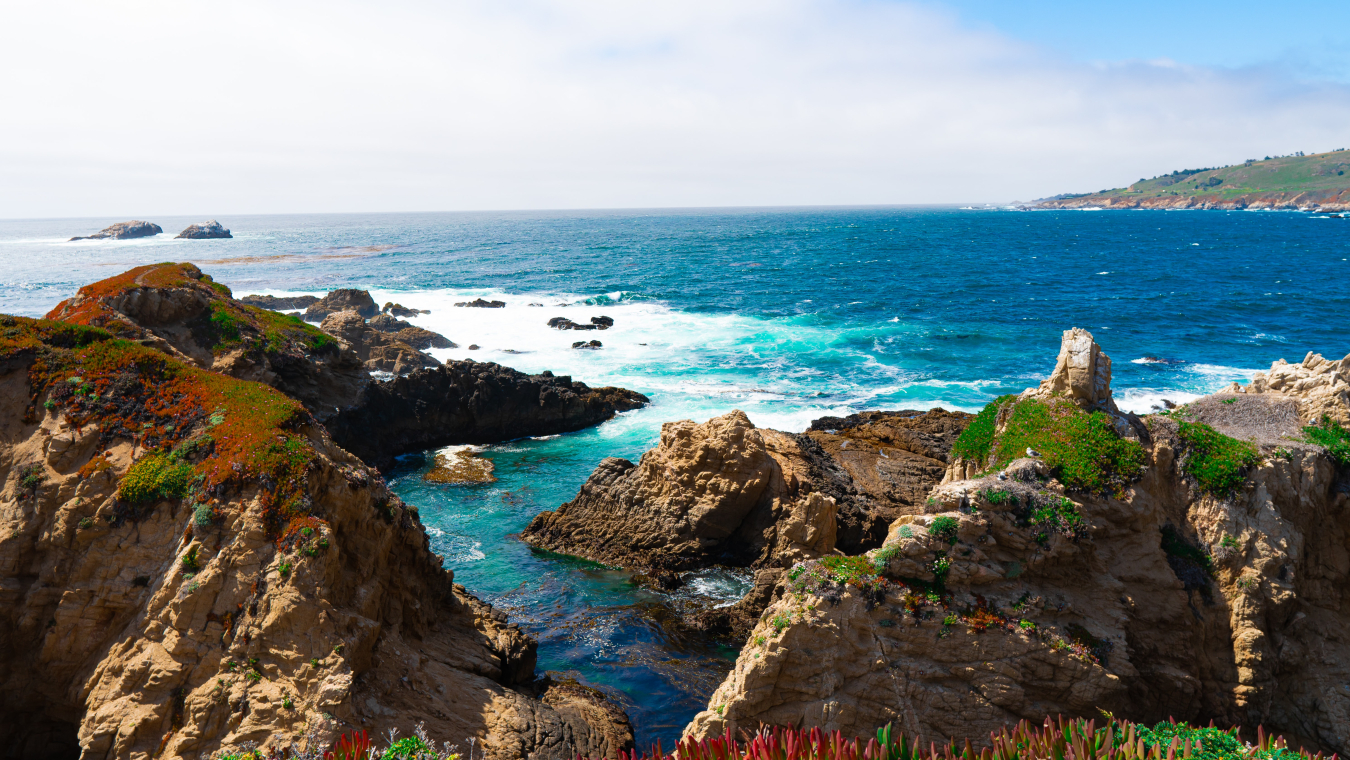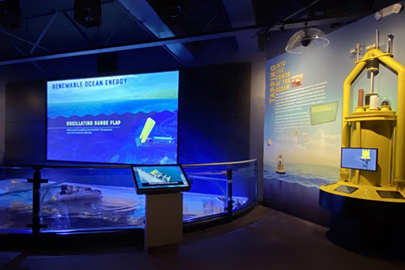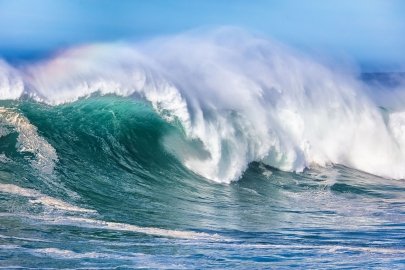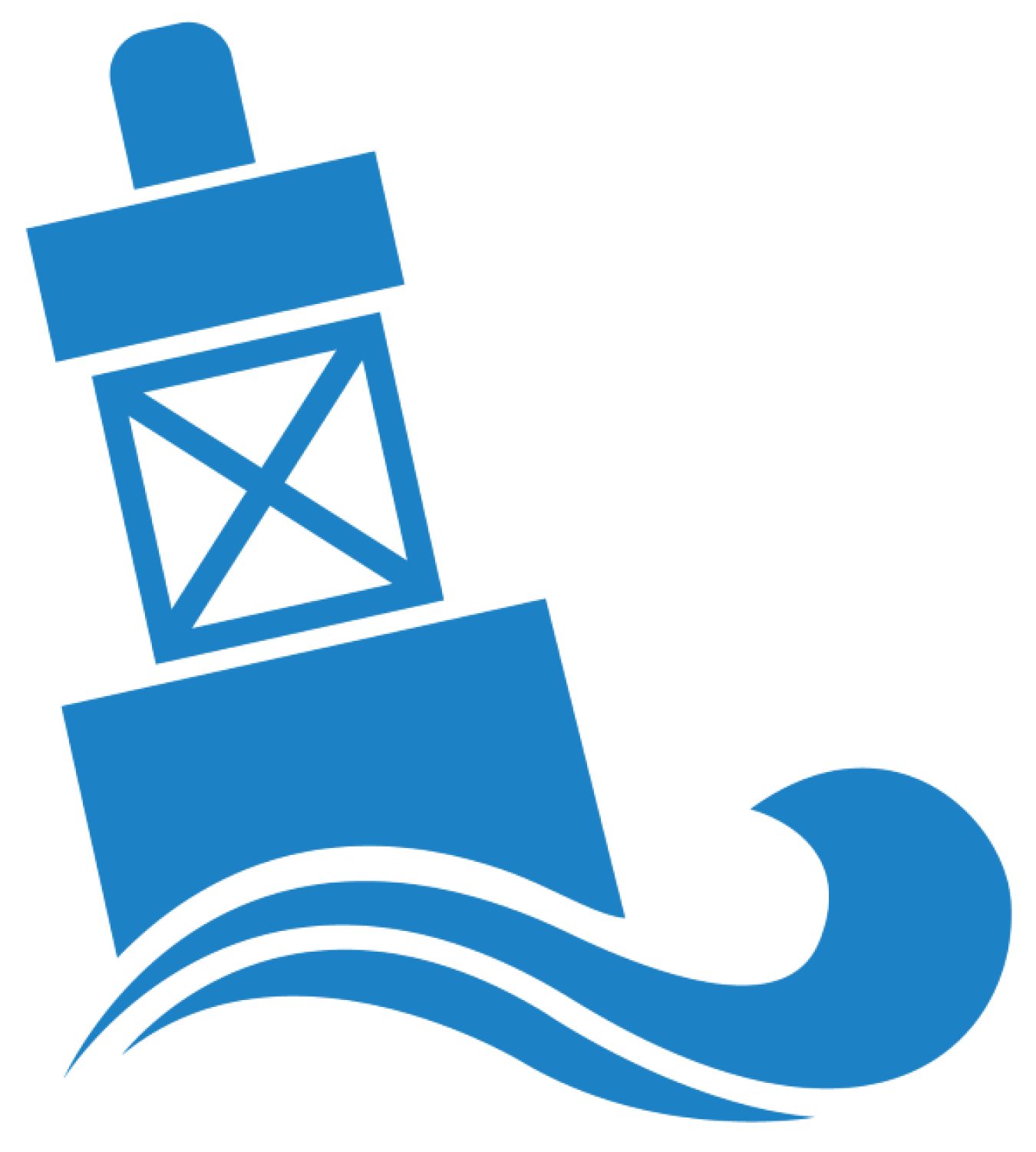A new online database maps out scientific and regulatory data for marine energy regulators and developers to accelerate and reduce the cost of permitting.
Water Power Technologies Office
March 9, 2022Marine Energy Program
Data Access, Analytics, and Workforce Development
Project Name: Improving the Efficiency and Effectiveness for MHK Permitting: A Toolkit and Engagement for Success
Project Team: Kearns & West (lead), EcoQuants, Electric Power Research Institute, European Marine Energy Centre Ltd., H.T. Harvey & Associates, Integral Consulting Inc., Ocean Renewable Power Company, Pacific Energy Ventures, and Sandia National Laboratories
Lead Recipient Location: San Francisco, California

In the United States, only a few marine energy devices have successfully moved from the lab to the water, and only 20 projects have pursued a federal permit to date, in part because both project developers and regulators are still unfamiliar with their potential environmental effects. That knowledge gap adds both time and costs to securing the permit necessary to make that critical jump. Now, to close that gap, a team led by Kearns & West created a new online tool called the Marine Energy Environmental Toolkit for Permitting and Licensing.
The toolkit compiles and distills environmental, spatial (or geographic), regulatory, and scientific data in one easy-to-use, interactive web platform to help accelerate and reduce the cost of marine energy development, all while protecting vulnerable ocean environments. It builds on and draws from other informational resources the U.S. Department of Energy’s Water Power Technologies Office (WPTO) has supported, such as the Portal and Repository for Information on Marine Renewable Energy (PRIMRE).
The new toolkit is designed as a one-stop shop for informational resources regulators and developers can use to more easily navigate the permitting process. For example, users can select their deployment site on a map to find information on how noise could affect the local marine species, which marine wildlife lives or migrates there, and even whether humans work or use the space for recreation. They can also use keywords to find studies on specific interactions, including whether previous marine energy projects recorded interactions between wildlife and their devices. (In most cases, few or no wildlife impacts have been detected.) Users can even learn the economic potential for the site.

The new Marine Energy Environmental Toolkit for Permitting and Licensing eases the process for developers to acquire permits and start creating clean ocean energy, all while protecting fragile marine environments. Photo courtesy of Bradley Lembach, Unsplash
Using flowcharts, both inexperienced and seasoned developers can select tags to quickly locate relevant studies housed in two extensive repositories: the Tethys Knowledge Base and the Federal Energy Regulatory Commission’s eLibrary. Then, they can download a report—one document with all the economic and environmental information a project developer or regulator might need.
To create such a comprehensive tool, Kearns & West assembled a large team of experts from both the private and public sectors with expertise across diverse disciplines, such as offshore energy permitting, data science, spatial mapping, oceanography, environmental engineering, and marine ecology. The team also included representatives from organizations experienced in navigating the U.S. permitting process from the applicant perspective.
Prior to WPTO awarding the permitting toolkit project, from 2016 to 2020, Kearns & West worked with Sandia National Laboratories on a fact-finding mission to understand what challenges marine energy developers faced throughout the environmental permitting and compliance process. These findings helped identify opportunities to help make the permitting process run more smoothly, and they recommended six new strategies and 24 actions that could enable projects to more efficiently and effectively earn the necessary permits and licenses. Called the Marine Environmental Compliance Cost Assessment, this work provided the foundation for the new marine energy permitting and licensing toolkit, which could increase stakeholder and regulator confidence in marine energy projects and lower some risks associated with deployment.
The team’s next step to further improve the toolkit will be to apply it to two permitting processes and gather feedback on how the toolkit affected users’ experience. Two marine energy developers, one with a project in Alaska and another with a project in Florida, agreed to use the new tool during their permitting processes and report any snags or successes. Users can help keep the toolkit up to date by adding new studies, permitting documents, and more—helping accelerate the nation’s progress toward a carbon-free energy future.
Data Access, Analytics, and Workforce Development Projects
-
 WPTO hosts 17 teams as part of the second Marine Energy Collegiate Competition and expands STEM for Marine Energy Portal resources.
WPTO hosts 17 teams as part of the second Marine Energy Collegiate Competition and expands STEM for Marine Energy Portal resources. -
 The Portal and Repository for Information on Marine Renewable Energy now features a centralized search engine for marine energy information, and the team launches a lessons-learned documentation effort.
The Portal and Repository for Information on Marine Renewable Energy now features a centralized search engine for marine energy information, and the team launches a lessons-learned documentation effort.
WPTO's Marine Energy e-newsletter shares news and updates on tools, analysis, and emerging technologies to advance marine energy.
The WPTO e-newsletter brings funding opportunities, events, publications, hydropower, and marine energy updates directly to your inbox.


